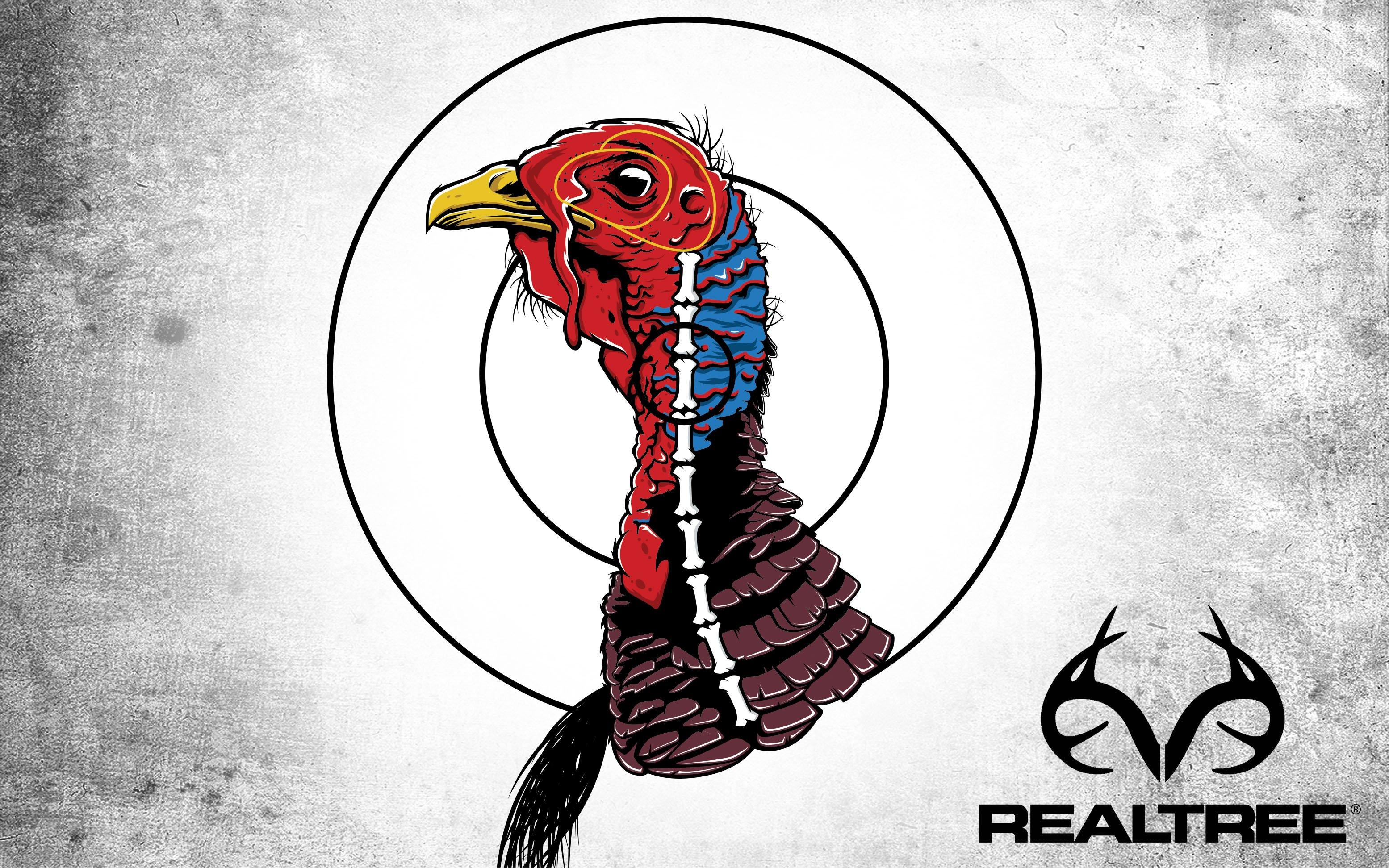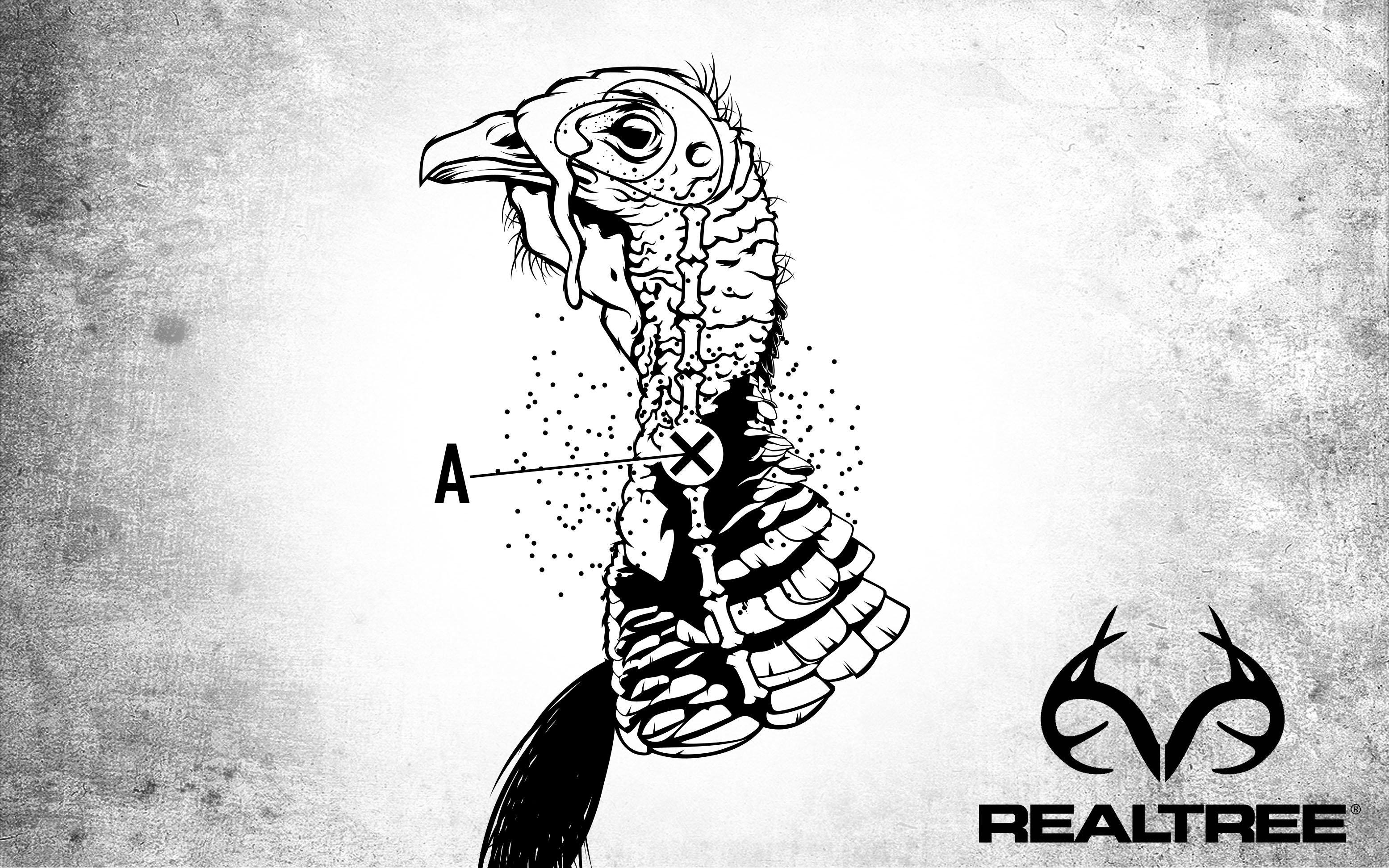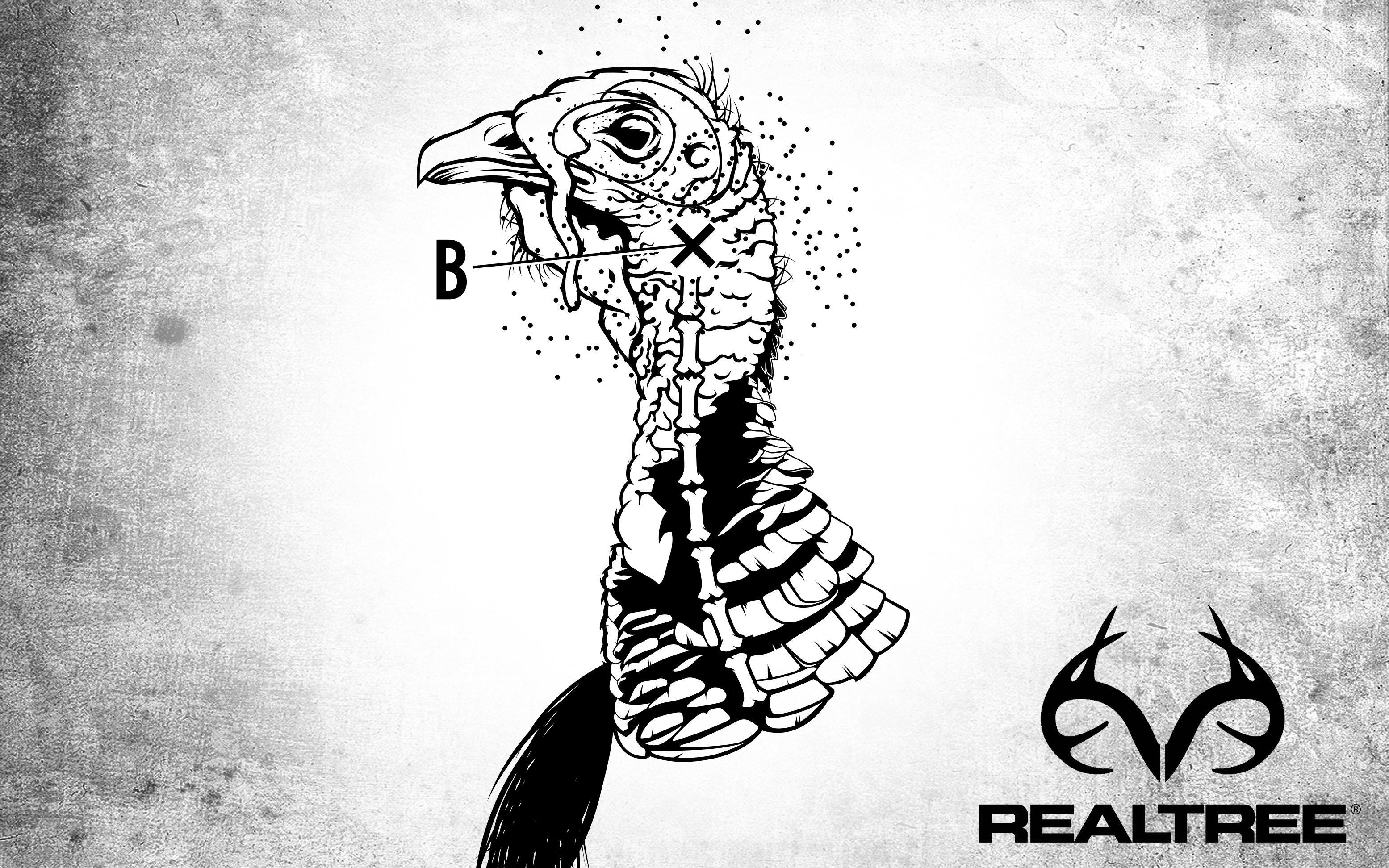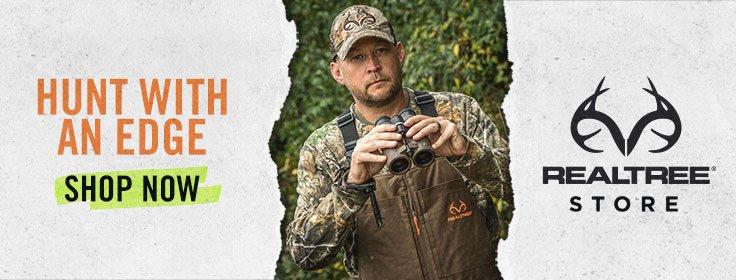Pattern Your Shotgun to Kill Gobblers
This revised post is based on "Guns, Loads & Sights," written by Aaron Pass, and originally published in the Team Realtree Turkey Hunting Fieldbook (2001).
Our post has two intentions: how-to instruction for where to aim your shotgun at a turkey, and to advise patterning your firearm and load for the best results.
(Illustrations by Ryan Orndorff.)

An armor-plated gobbler has weak spots ‚ namely the head and neck. Several pellets in these vital areas mean a sure kill. Remember, your target is the size of a tennis ball stuck on an 1/8-inch length of 1-inch dowel. It's why you need a true-shooting gun that throws a dense pattern.
Patterning your turkey gun verifies your point of aim and impact hit the same place. It also tells you how your pattern will cover the vulnerable area of a gobbler; again, his head and neck.

If your gun shoots true, you should aim at point A, at the bottom of the turkey wattles; the thick, fleshy part of the neck (a.k.a. caruncles). A portion of your shot pattern should go into both the head and neck.

If you just aim at the head (point B), you still might drop a turkey, but much of the shot pattern will go above the vital areas.
By trying different shotgun loads, and setting up targets at different distances – 20, 30, and 40 yards, for instance – you can learn what shotshell suits your gun best and the maximum effective range for a quick, clean kill.
Don't Miss: Tips for .410 Turkey Hunting







